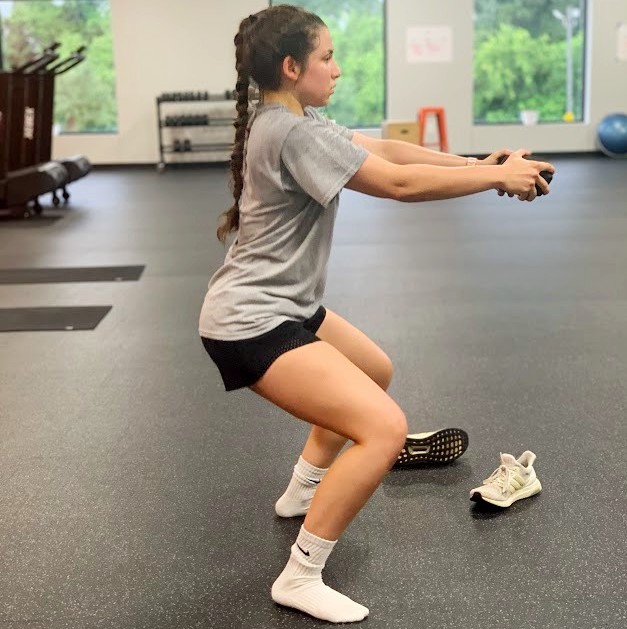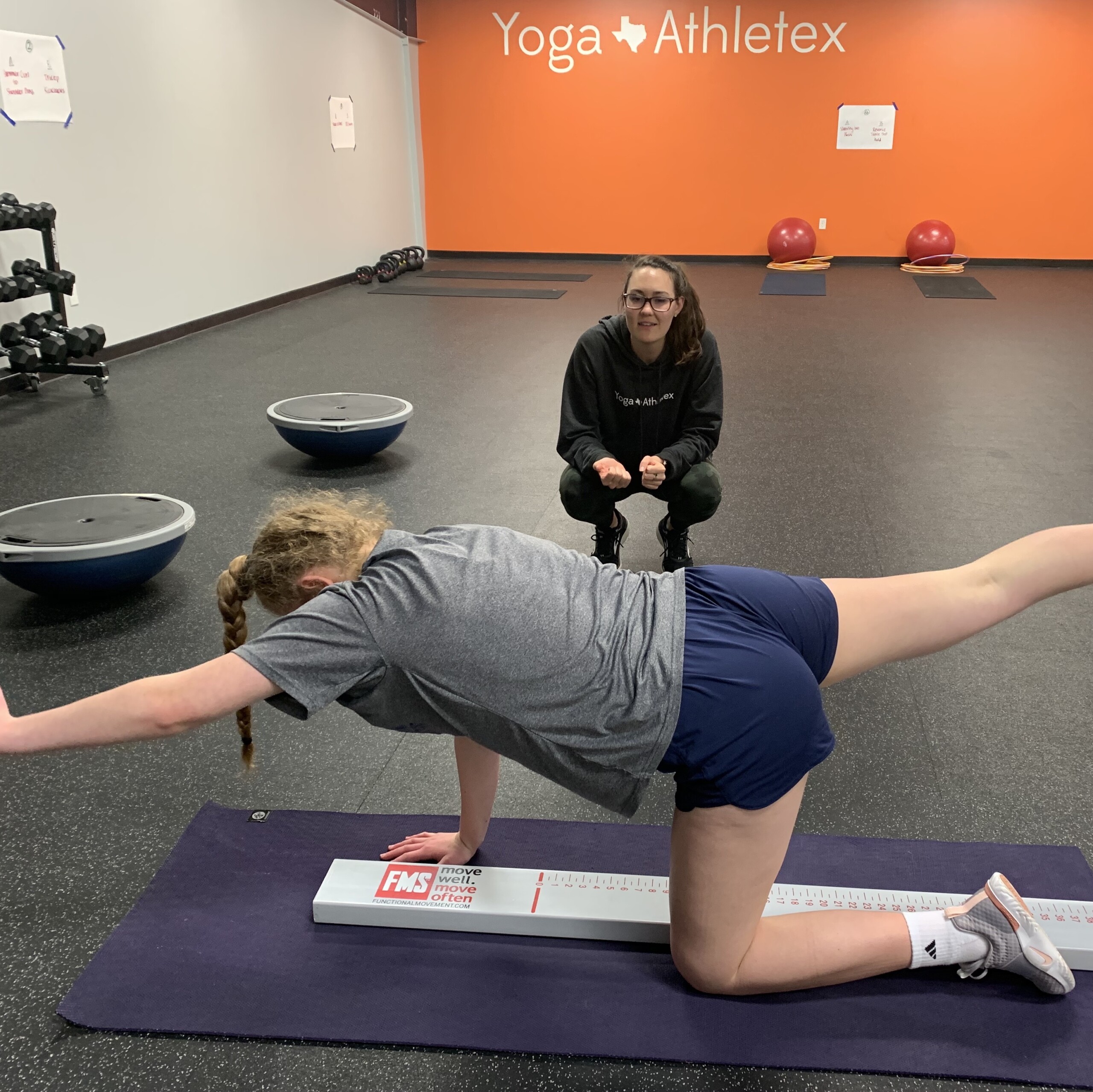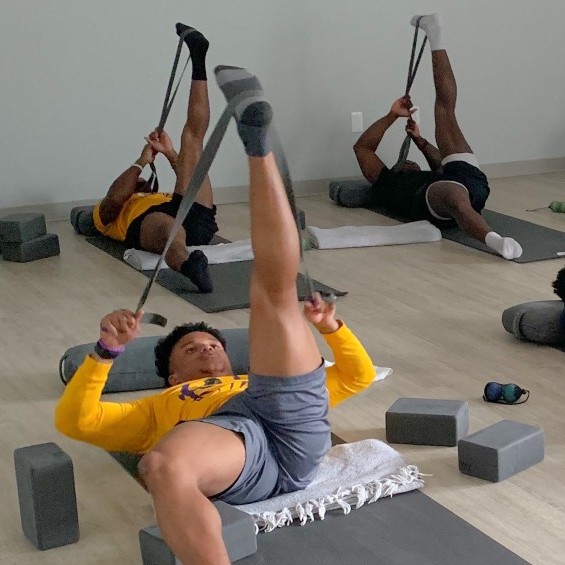When you look at someone’s bucket list, it is not surprising to see M-A-R-A-T-H-O-N scribbled among the list of items. Runner’s World reports that about 0.5% of Americans have completed a full marathon. As the popularity of running continues to increase, so does the incidence of running-related injuries (RRI).
Whether you are a beginner runner or a seasoned marathoner, you run the risk of acquiring a running-related-injury when training for such activities. Specifically, runners have a high risk of sustaining an overuse injuries (Kozinc et al). Fortunately, you can reduce your risk of RRI by following a few simple tips.
1. Start at YOUR appropriate level.
Be honest about what level of runner you are. This is important because it will help you figure out how much you should run when you start your training program. If you are unsure, it is better to be conservative and select the lower level. At the end of the day, the only person who will see the benefits, and also costs, of doing a marathon is you and your body.
If you are a beginner runner, it is appropriate to start at a 3km distance per week. Studies have shown that starting at a 3km distance per week will reduce RRI and show less signs of overuse injuries compared to a 6km per week (Bertelsen et al).
2. Slowly ramp up your running volume.
A good rule of thumb is to increase your weekly running distance by 10%. Studies have shown there is a reduced RRI when comparing a 30% increase to a 10% increase (Damsted et al). If you do the math, starting at a 3km per week distance and increasing at a 10% rate will put you on a roughly 30 week training program! While this might seem like an eternity to my fellow couch-potato-turn-runner, it is important that you remember that a slow start to prevent injuries is still much faster than an indefinite delay due to an injury.
For those who don’t have enough time to complete the full ~36km marathon distance in a week, studies have shown that your RRI will decrease even if you have only done a 30km distance per week (Rasmussen et al)!
3. Factor in your other physical activities.
To my multi-sport athlete, gym-goer, or just anyone who already has a heavy schedule of physical activities, balance is key.
A good rule of thumb is to not exceed 40 miles of running a week. If you have a soccer game, basketball tournament, or tennis match that week, adjust your running distance so that you don’t exceed that amount! Studies have shown that higher weekly mileage is associated with hip and hamstring injuries (van der Worp et al).
– Tang M., SPT (Yoga Athletex Instructor)

STAY IN THE LOOP!
Subscribe to our free newsletter.
An FMS screen and corrective exercise will get you moving optimally.
Find out if you're moving optimally or inadequately.
Prevent injury with a Functional Movement Screen and corrective exercise plan.



